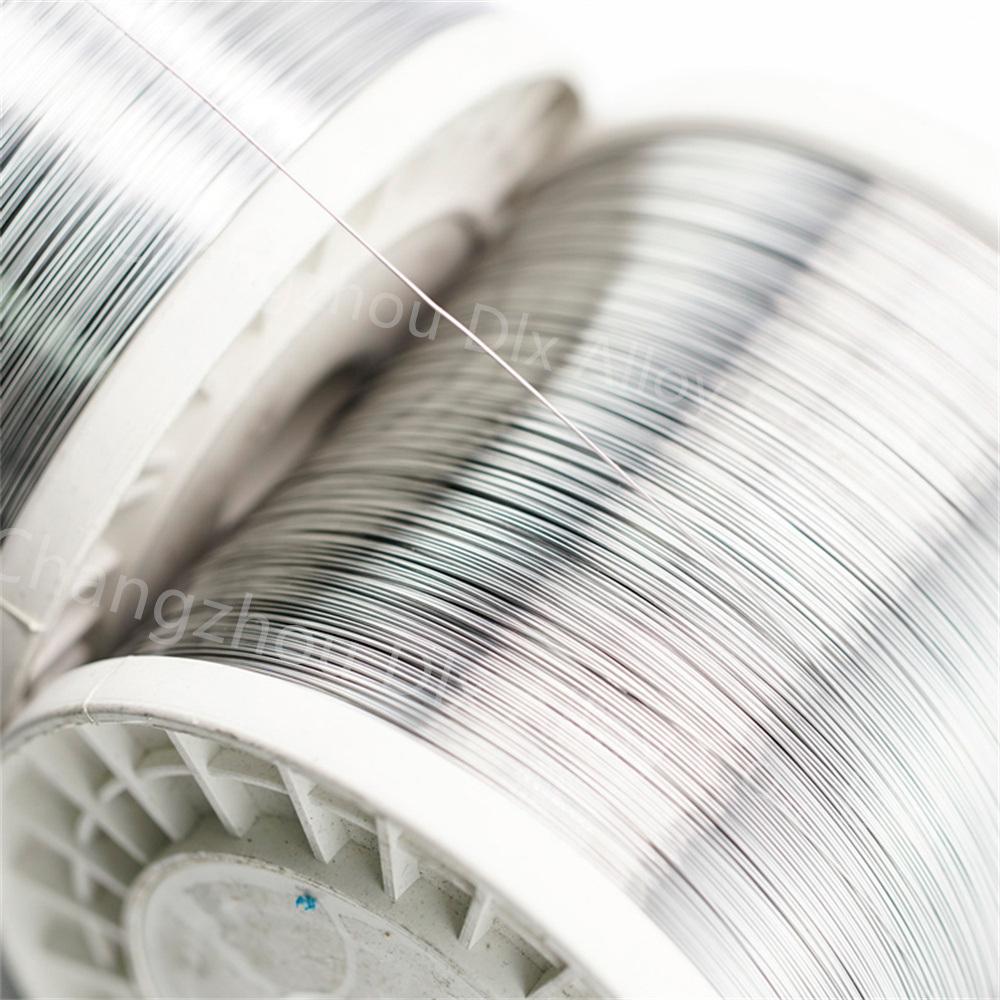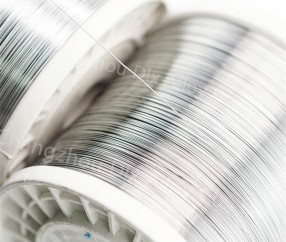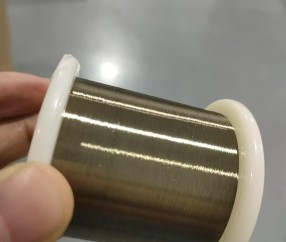
Why Does Nichrome Wire Oxidize Over Time in Humid Conditions?
- Product Details
Why Does Nichrome Wire Oxidize Over Time in Humid Conditions?
Nichrome wire (NiCr, typically Ni80Cr20 or Ni60Cr15) forms a protective chromium oxide (Cr₂O₃) layer when heated, which gives it excellent high-temperature oxidation resistance. However, in humid environments, Nichrome can still oxidize and degrade over time due to several factors:
1. Water Vapor and Hydrolysis Affect Chromium Oxide Layer
The protective chromium oxide (Cr₂O₃) layer on Nichrome is stable at high temperatures but can be gradually broken down by water vapor in humid conditions.
The reaction:
Chromium hydroxide (Cr(OH)₃) is less protective than Cr₂O₃, making the surface more prone to further oxidation and corrosion.
🔹 Over time, this weakens the protective layer, allowing oxygen to penetrate deeper and cause further oxidation.
2. Pitting Corrosion from Chlorides in Humid Air
If the humid air contains chlorides (e.g., near coastal areas, industrial zones, or salt-laden environments), they can penetrate and break down the Cr₂O₃ layer, leading to pitting corrosion.
The reaction:
Chromium chloride (CrCl₃) is water-soluble, which means it can be washed away, exposing fresh metal for further oxidation.
🔹 This is why Nichrome is not ideal for marine environments or prolonged exposure to high humidity.
3. Sulfur Attack in Industrial or Polluted Environments
Sulfur-containing gases (e.g., SO₂, H₂S) react with chromium oxide, forming chromium sulfides (Cr₂S₃), which are brittle and lead to embrittlement.
Sulfur attack is a major issue in industrial areas, oil refineries, and high-temperature applications with sulfur exposure.
This weakens the Nichrome wire, making it more prone to cracking and oxidation over time.
🔹 Copper-Nickel ( CuNi ) alloys are more resistant to sulfur attack, making them a better choice for humid and polluted environments.
4. Nichrome Can Become Brittle Due to Oxidation Growth
When Nichrome oxidizes, the chromium oxide layer thickens unevenly, causing internal stress.
Over time, this leads to:
Microcracks in the oxide layer.
Spallation (flaking off) of the protective oxide.
Increased brittleness, reducing mechanical strength.
🔹 This is why old or long-exposed Nichrome wire can become fragile and prone to breaking.
5. Nichrome vs. Copper-Nickel (CuNi) in Humid Conditions
| Property | Nichrome (NiCr) | Copper-Nickel (CuNi) |
|---|---|---|
| Humidity Resistance | ⚠️ Can degrade over time | ✅ Highly resistant |
| Oxidation Protection | ✅ Good at high temp, but weak in humidity | ✅ Stable oxide layer |
| Chloride Resistance | ❌ Can suffer from pitting corrosion | ✅ Excellent resistance |
| Sulfur Resistance | ❌ Prone to sulfur attack | ✅ Resistant |
| Mechanical Strength Over Time | ⚠️ Can become brittle due to oxidation | ✅ Remains ductile |
| Best Applications | High-temp heating elements (dry) | Marine, heating cables, corrosion-prone areas |
Summary: Why Does Nichrome Wire Oxidize in Humid Conditions?
✅ Water vapor degrades the Cr₂O₃ protective layer
✅ Chlorides cause pitting corrosion
✅ Sulfur compounds lead to embrittlement
✅ Oxide layer can crack and flake off over time
🔹 This is why CuNi wire is preferred for long-term exposure to humid, marine, and industrial environments.






